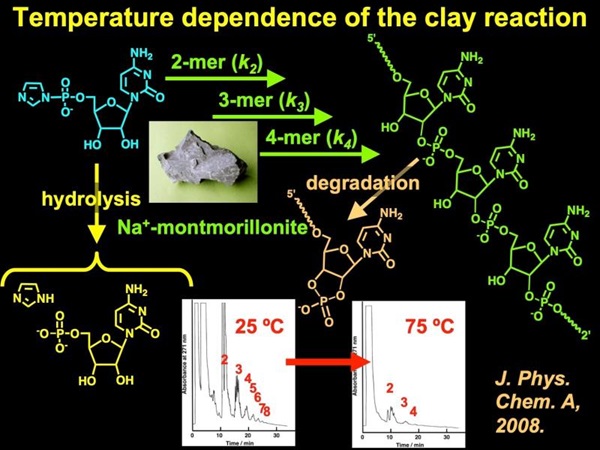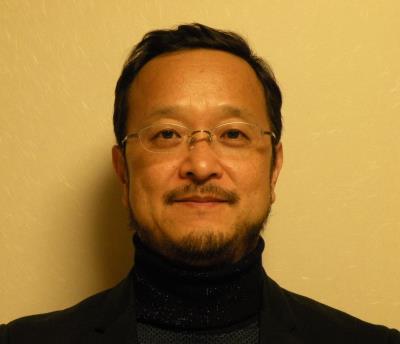
Abstract:
RNA and protein-like molecules could have formed a key relationship towards a most primitive life-like system under the primitive earth conditions. Thus, chemical evolution has been evaluated by using different experiments simulating the primitive Earth experiments. RNA and protein-like molecules could have formed more or less under the different Earth conditions. At the same time, it is necessary to evaluate whether such simulation experiments are really consistent with the primitive Earth conditions and a conceptual view connecting a simple chemical network to the RNA based life-like system.
We have developed a series of hydrothermal flow reactor systems that enable real-time monitoring of rapid reactions within 0.002 – 200 sec at 400 °C and 30 MPa in the absence and presence of minerals. This was modified for in situ measurement of the absorption spectra at the UV, Vis, and NIR region. By using these methods, we obtained detail kinetic data regarding the stability of amino acids, nucleotides, peptides, and oligonucleotides at temperatures up to 330 °C. On the course of these studies, we found an effective spontaneous oligopeptide formation. In addition, we attempted to analyze the possibility of the formation of RNA under hydrothermal conditions at temperatures over 100 °C. I will talk about related recent works as well.
On the other hand, we proposed a hypothesis that 2 genes (or 2 functions) were necessary for initiation of life-like system from a simple chemical network (two-gene hypothesis). The chemical evolution evidences obtained by simulation experiments should be also consistent with the mechanistic model for the formation of life-like system. In this paper, we evaluate the chemical evolutions from the viewpoint of both the Hadean Earth environments and two-gene hypothesis.
Speaker: Dr. Kunio Kawamura, Hiroshima Shudo University, Department of Human Environmental Studies.

Speaker bio:
Dr. Kunio Kawamura graduated Ph. D. course at Tohoku University at 1988 with backgrounds of aqueous solution chemistry, metal complexes, reaction kinetics etc., and worked for a few years on more application-oriented fields including coal chemistry and inorganic synthesis under hydrothermal conditions. Later he joined Dr. James P. Ferris at Rensselaer Polytechnic Institute, where he worked on the prebiotic formation of RNA on the clay minerals. Since then, Kawamura has been studying the chemical evolution of RNA and protein-like molecules under hydrothermal conditions including manufacturing new machines for chemical kinetics and spectroscopy of hydrothermal reactions in Osaka Prefecture University and Hiroshima Shudo University. Last ten years, collaborative works with Sorbonne University (Professor Marie-Christine Maurel, Professor Jean-François Lambert) and with Kumamoto University (Associate Professor Mitsuru Sasaki) are in progress.
Host: Shawn McGlynn, ELSI.
Date: Fri, 28 August at 15:30 JST (Fri, 28 August 2020 at 06:30 UTC)
Venue: Online
